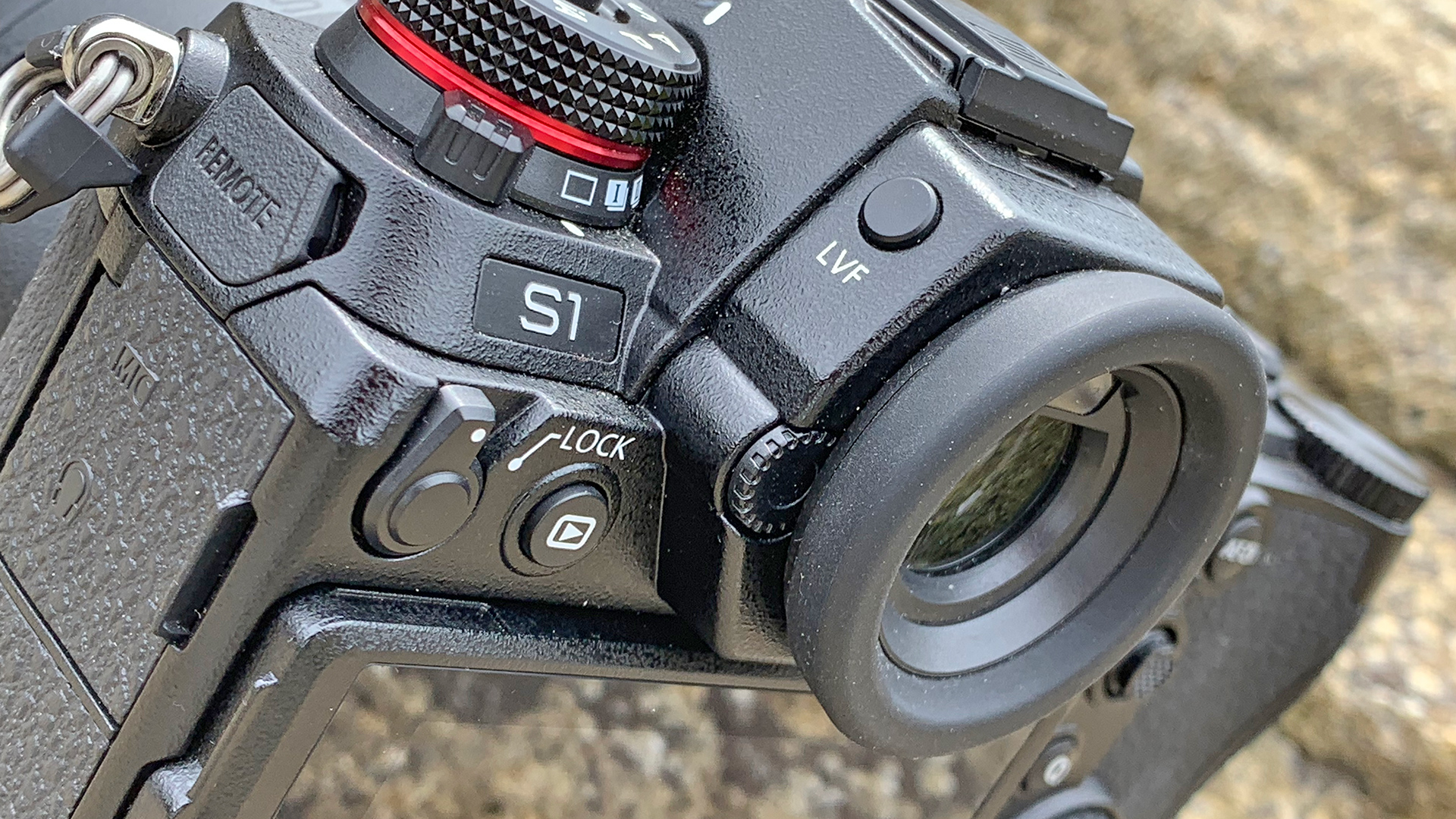
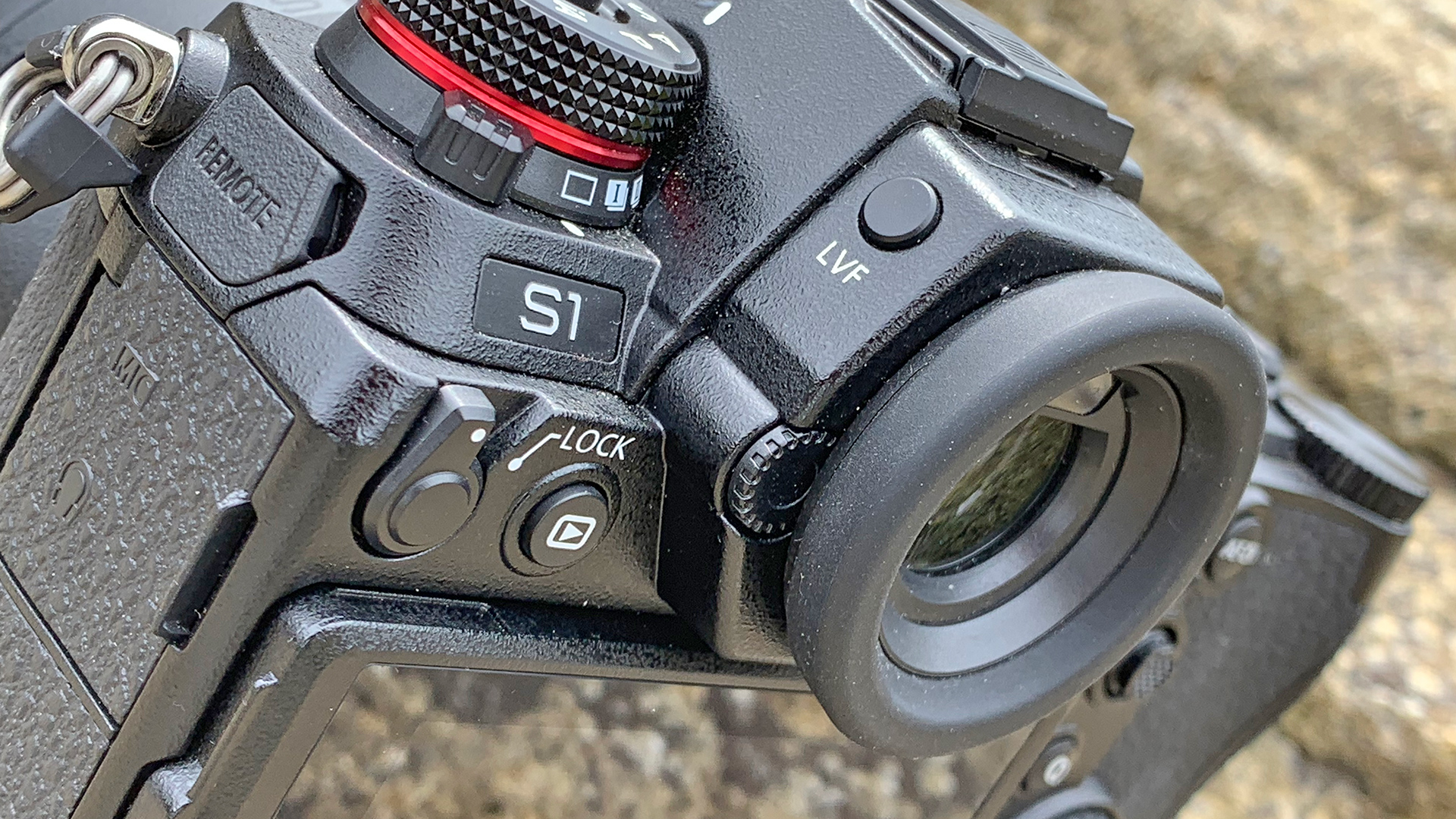
Review: In the second part of his Panasonic Lumix S1 review, Simon Wyndham looks at its video capabilities, and discovers just how much of a low light monster it is!
In the previous part of this review I gave an overview of the camera and looked at its stills capabilities. This time around I want to look at video.
The Lumix S1 is, until the S1H arrives later this year, the more video focussed of the S1 line. It was recently updated with the the availability of the DMW-SFU2 firmware, which adds the following functionality:-
- V-log transfer curve allowing 14+ stops of recorded dynamic range.
- Full-frame 4K 10-bit video recording with 4:2:2 colour precision at up to 150Mbps at 24/25/30p
- 4K 10-bit 4:2:2 output over HDMI at up to 50/60p
- Ability to upload and apply LUTs in-camera
- On screen waveform monitor
- 48Khz/24-bit and 96Khz/24-bit sound for MOV recordings using the DMW-XLR1 audio adaptor.
All of this is very welcome, although I know some readers will ask the question of whether 150Mbps is a high enough bitrate for 4K, especially given that the codec being used is H.264. I'll come to this a little later.
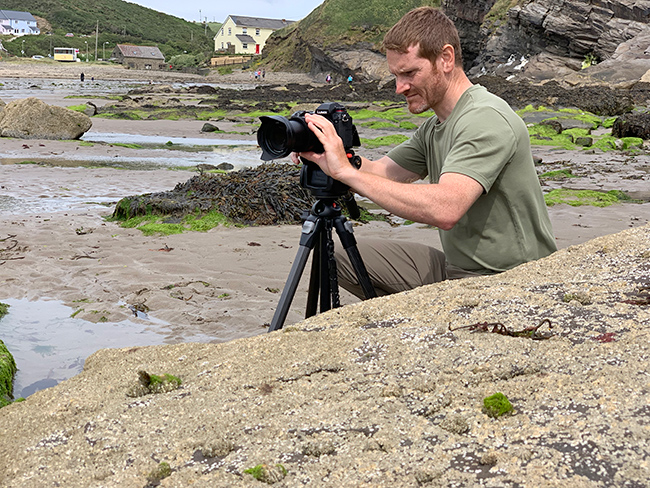
Practical use
Before I get down to outright picture quality, what's it like to use for video? It's a hybrid camera, so the ergonomics and controls are mostly stills focussed. Like other mirrorless cameras that provide video functionality, if you'll be using it as your main camera it'll need some rigging with accessories, such as a cage for more versatile shooting configurations.
However the great thing about the S1 is that being aimed at professional use it's built in such a way that it'll stand up to rigorous day-to-day use.
Focus is made easy with a magnification that can be made to appear when you rotate the focus ring. Occasionally it gets in the way when it stays on screen for a few seconds after you've finished, but it can be turned off if you don't like it. But it does make getting critical manual focus easy. Alternatively you can half press the shutter to let the camera focus for you. But for video, personally I always favour manual focus.
In the camera settings you can change the way that manual focus is handled, and it makes a big difference in how easy it is. One setting allows you to set the number of degrees of turn between the extreme ends of focus. Naturally this only applies to servo lenses with an infinitely rotating focus ring. The second lets you set how the focus ring responds to turning. One option, the default, responds in a non-linear fashion according to how fast you turn the ring. This is much more suited to stills shooting.
The other option is linear mode. This is much more suited to video use as it pretty much simulates a mechanical connection by responding accord to the angle that the ring is turned to. It makes manual focus using a stills servo lens really very usable and smooth indeed, especially when combined with the angular range setting. In fact it's so good that only the lack of a physical end stop prevents me from not noticing much difference in behaviour from a true manual lens. This is a big plus for anyone wishing to use the S1 for video.
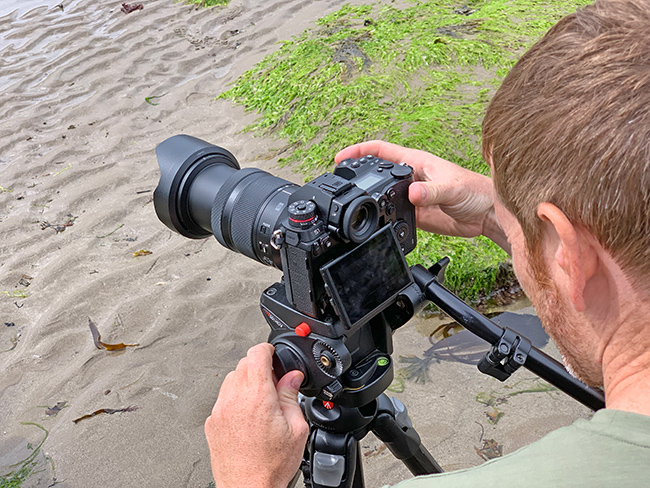
V-log
The V-log addition is the one that everybody is talking about. The camera does in fact have a range of picture profiles by default, including Standard, Vivid, Natural etc. For those shooting in WYSIWYG fashion I found the Standard profile rather too contrasty, so Natural may well be the way to go. Although each of these can be tweaked in terms of contrast, detail etc to your taste. V-log is different however.
V-log on the S1 is a true log mode, capturing the maximum dynamic range it can off the sensor. On the S1 it is combined with V-Gamut, which minimises any channel clipping and should make matching to cameras such as the Varicam easy. All custom settings to tweak detail, saturation etc are disabled. You can enable a LUT to make monitoring easier. Usefully the exposure guide adapts to the log setting, so it guides you to a correct exposure for that specifically.
The exposure guide system, in the viewfinder is represented by a gauge, while on the rear LCD it tells you in fractions of a stop how far over/under you are based upon how you have told the camera to look at exposure (ie centre weighted, spot etc).
As I touched on, some have questioned the 150mbps bitrate for the internal recording. I have to admit that it is somewhat puzzling given that the XQD storage media is capable of much, much higher bitrates, and indeed the much lower priced GH5 records to far higher rates. Whatever the decision process was, the option is still there for you to record to an external recorder, which of course has no such limitation, and will most likely be employed by most professional video users.
With all that said, not all compressors are alike, and it's worth keeping an open mind as to what 150Mbps in the S1 gives you. To my eyes I think it gives a sterling result, with nary an artefact in sight. And with 10-bit colour it can actually be pushed further than you might expect too. It is clearly a case of numbers not telling you the whole story.
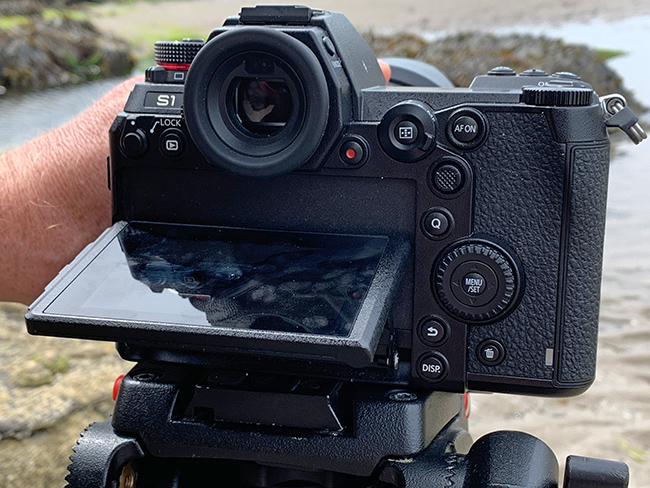
Rolling shutter and low light
The rolling shutter artefacts on the S1 are kept pretty well under control. It is still apparent, but it is certainly not noticeable enough to cause any issues with handheld camerawork unless you are really looking for it.
Low light is an area in which the S1 really excels. In the standard range of ISO, which Panasonic calls the native ISO range, the S1 goes from ISO 100 to ISO 51200. Noise only seems to become truly objectionable above ISO 25600. In V-log mode the camera defaults to ISO 640, which is the base ISO in that mode.
However, even at 51200, the picture is still usable if the shot really was important from a contextual standpoint. I have to say it, the low light performance here is pretty astounding despite the noise on show at the very highest settings. I did some quick tests of using a combination of temporal and spatial noise reduction in Davinci Resolve, and it did a pretty good job of it. With more tuning I'm sure an even better result can be obtained.
Using log modes for low light is generally frowned upon, but I actually found it to give a better result in this case than using any of the standard profiles.
High speed video frame rates are an area that aren't mentioned much, but that give the S1 an edge. You can choose to record at up to 4K 60p slow motion with a crop and up to 180fps cropped in HD, although for both the recording drops to 8-bit colour. Still, one of the S1's nearest competitors cannot manage such frame rates without dropping to HD resolution at anything above 30p.
Auto White Balance is not something I would usually employ, well, ever. But I know some use it. For the most part it gave pretty good and accurate results, although the usual caveats apply. For example in one tilt shot of the castle there is a noticeable colour shift. It's to be expected, which is why I never use it for video. Although like I said, I do know of a lot of people who do use such functions.
Picture quality and editing
The video picture from the S1 is, to be frank, astoundingly good. Using the V-log option and correcting later gives a very easy to work with image, resulting in pleasingly natural tones, pin sharpness, and the ability to dig much deeper into the shadows that the codec specifications suggest. Yes, there is noise in the shadows, as there is with any camera, but the low bitrate does not cause any macro blocking that I could see, and textures are reproduced faithfully. Given this, instead of seeing 150Mbps as a limitation it actually makes for footage that is very easy to deal with on the move. Which should suit travel Vloggers and journalists alike very well. If you are producing something that requires the highest quality, it is a simple matter to record to an external recorder.
Conclusions
The Panasonic S1 is a natural progression from the GH5, especially if you are looking for lowlight performance. To give an idea of the difference, the S1 has a photosite area of 34.93 µm² vs 11.09 µm² of the GH5 and a pixel density of 2.87 MP/cm² compared to the GH5's 9.02 MP/cm². This would certainly help explain how the S1 manages to be such a low light beast and is one huge advantage of having a full-frame sensor.
Battery life on the S1 is absolutely superb. When I took over 800 shots of the martial arts club the battery indicator only dropped to 50% using an XQD card. Similarly for video it was outlasting any other mirrorless camera I have used so far. This is odd because the camera is only officially rated for 300 shots per battery charge! Again, paper specifications do not tell you about real world performance. Although I have to say that it is a refreshing change to find a camera that far exceeds the paper performance in this way. Even better is that batteries for the S1 cost around £70.
The bigger question is whether you should wait for the S1H later in the year? This will depend entirely on what you use your camera for. If you do a combination of stills and video then it goes without saying that the S1 is the camera you need. The S1H is almost entirely video/cinema focussed, and we don't yet have an official price for it, although rumours suggest it will be around $4000 for the body alone. In other words it's a totally different proposition from the S1.
Competitors cameras may cost less, but this has to be offset by the S1's ability to record 10-bit internally, slow motion capabilities, as well as a 60p 10-bit output to an external recorder.
The Lumix DC-S1 offers a great blend of stills resolution, video quality, and low light performance. At RedShark we are usually more concerned with the video capabilities of cameras, but I was rather taken by the S1 for stills, despite the slightly hit and miss AF system. And whilst the camera is going to be a serious investment once a set of new L-Mount lenses is taken into account, the picture performance you are getting for that money is really very impressive indeed.
The Panasonic Lumix DC-S1 has an RRP of $2,499 for the body, and if you want the V-log upgrade for free, make sure you purchase it before July 31st!
Test footage
Tags: Production


Comments